
2019 International (Shenzhen) Advanced Laser Application Summit Forum successfully took place
source:Laserfair
release:Nick
keywords: Advanced Laser Application
Time:2019-06-06
On May 9th, 2019 International (Shenzhen) Advanced Laser Application Summit Forum was held in the 5th floor chrysanthemum hall of Shenzhen Convention and Exhibition Center. The conference invited well-known laser and photonics experts from Germany, Japan, the Netherlands, China, South Korea, Ukraine, Australia, the United States and other countries to participate in the report. Researcher Wang Wei from the Southwest Institute of Technical Physics served as the chairman of the conference. Professor Zhang Xinhai from the Southern University of Science and Technology and Dr. An Guofei from the Southwest Institute of Technical Physics served as the moderators respectively. In addition, Fan Jianyuan, an academician of the Chinese Academy of Engineering, and Yao Jianquan, an academician of the Chinese Academy of Sciences, were invited to give guidance.
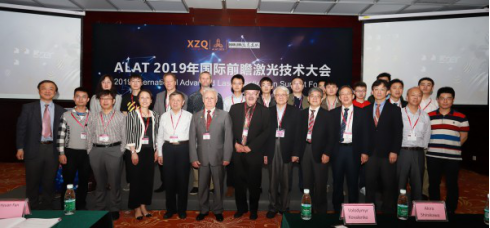
Major speakers group photo
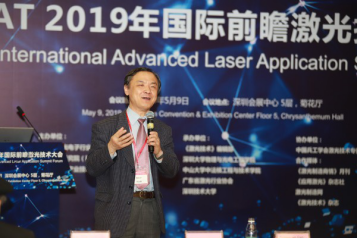
Chairman of the meeting Wang Hao presided over the meeting

Li Caili, Deputy General Manager of Northern Laser Research Institute Co., Ltd.
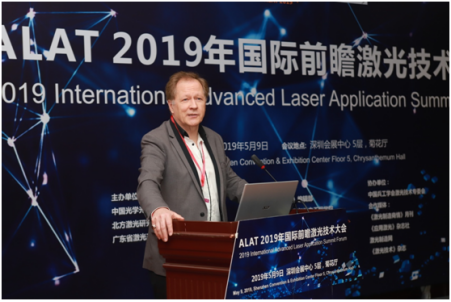
Professor Tom Gregorkiewicz from the University of Amsterdam in the Netherlands explained the "optical properties of all inorganic perovskite nanocrystals".
He introduced that all inorganic bismuth-lead halide-perovskite nanocrystals (NCs, CsPbX3 NCs, X = Cl, Br, I) have attracted wide attention in recent years due to their excellent optical properties. Tom highlights the latest results from three important aspects of its features: (i) Clearly showing the relationship between NC size and shape and its bandgap, and the effective coupling between the near-end NCs. (ii) Forming an insulated CS4PBR6 nanohexagon and CS4PBR6/CSPBBR3 hybrid nano. CSPBX3 NCS synthesizes spheres in the process. And (iii) in the case of indoor conditions, the instillation colloids spontaneously merge by NCS aligned by seamless stitching. The latter process is accelerated by humidity and heat treatment, and electron beam irradiation prevents this process.
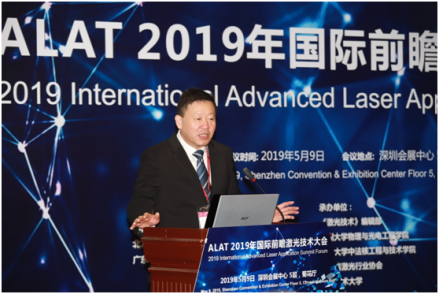
Dr. Du Keming, President of EdgeWave, Germany, is entitled "The Development of Ultrashort Pulsed Lasers and Their Applications in Industry".
He emphasized that studying and understanding the interaction between materials and ultrashort laser pulses is the key to success. It also highlights the basic understanding of the interaction of materials with ultrashort pulses, the characteristics of ultrashort pulse lasers, examples of application and system solutions.

Professor Yoshio Hayasaki of Utsunomiya University in Japan introduced "holographic multiphoton excitation for material processing and stereo imaging."
Computer generated holograms (CGH) allow for arbitrary spatial shape control of femtosecond laser pulse excitation, and spatial light modulators (SLM) that display dynamic CGH have been used to achieve dynamic control of material processing, nonlinear microscopes and novel information equipment. Holographic techniques for laser-excited materials have seven advantages: high throughput with beam splitting and shaping, high light use efficiency, reconfigurable beam shaping, and three-dimensional structures within transparent materials, Instantaneous beam illumination and distortion in the case of target motion, correction of the optical system, usually spherical aberration correction, adaptive wavefront control of laser pulses for compensating for unknown defects in the optical system, and unpredictable mechanical motion and air disturbance.
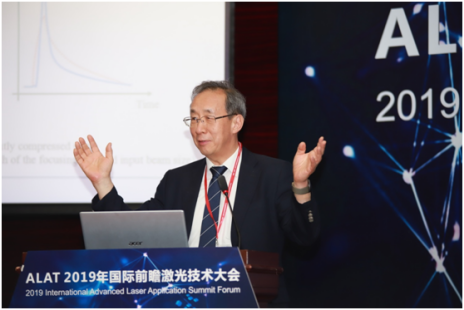
Professor Hong Jin Kong of the Korea Institute of Science and Technology gave a lecture titled "Application of Stimulated Brillouin Scattering in High Power and High Repetition Frequency Laser Systems". Stimulated Brillouin Scattering (SBS) is a well-known nonlinear phonon nonlinear scattering effect. Professor Kong details the coherent beam combined with SBS-PCM and SBS pulse compressors.
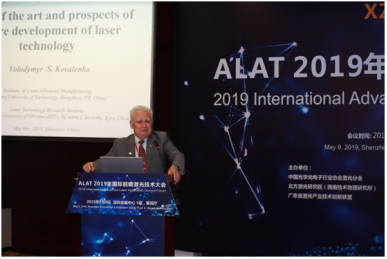
Volodymyr Kovalenko, a member of the Ukrainian national academician and a professor of specialization at Zhejiang University of Technology, explained the latest developments and prospects for the future development of laser technology. With his own experience in China for nearly 10 years, he emphasized that China's laser industry and scientific research are developing rapidly, and the students he contacts are very strong in learning. Therefore, he calls for more attention to China's laser development, and pay attention to the progress in each field.
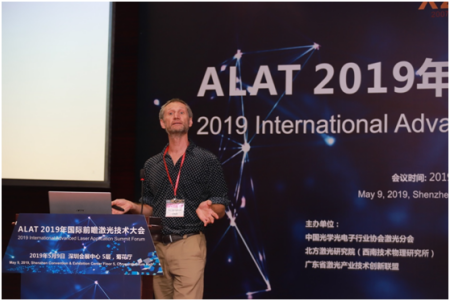
Professor Rich Mildren of Macquarie University in Australia is entitled "The New Concept of Diamond Lasers".
The laser action in the diamond by stimulated scattering provides a new laser capability approach to power, narrow linewidth and wavelength range. Since the first demonstration of Raman lasers using synthetic diamonds about 10 years ago, rapid progress has been made in the power output of diamond lasers using Raman lasers in the ultrafast to cw time range. Rich reviewed the latest developments and highlighted the promising future, including coherent single-mode beam generation and new promising methods through the diamond Brillouin laser.
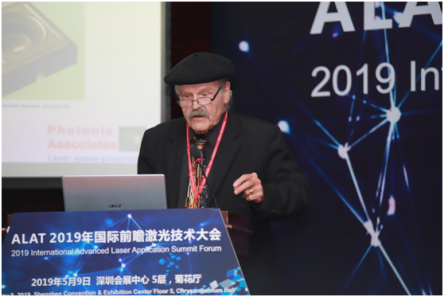
Professor Claude Phipps of the University of New Mexico in the United States is entitled "The latest advances in the application of pulsed and continuous lasers in the Earth and space." Claude worked at the renowned Energy and Nuclear Weapons Agency Lawrence Livermore National Laboratory (California) and Los Alamos National Laboratory (New Mexico) where he studied the use of pulsed lasers to remove space debris.
In solid-state lasers, the geometry of fiber lasers has unique advantages in terms of heat dissipation and energy extraction per unit volume (200 J / cm3), resulting in single-mode single-mode output up to 20 kW, which was unthinkable 20 years ago. These can produce 100 kW by stacking and compositing. Multimode fiber systems deliver up to 500 kW of power and achieve up to 50% "electro-optic insertion efficiency."
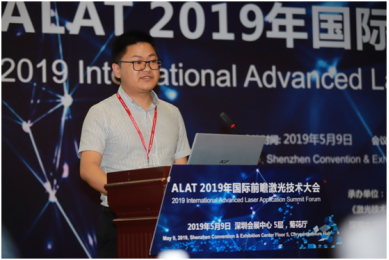
The topic originally proposed by Prof. Shuang Shuangwei, Director of Shenzhen University of Technology, was delivered by Dr. Ouyang Deqin, titled “Middle-Infrared Fiber Lasers and Their Applications”. The team worked on erbium-doped fiber lasers, 2.8μm and 3.5μm erbium-doped fluorinated fiber lasers and their applications.

Professor Akira Shirakawa of the University of Electro-Technology of Japan introduced "a new ceramic material for high-power femtosecond lasers."
With the increasing use of femtosecond pulsed lasers, the research and development of laser diode pumped mode-locked lasers is also deepening. This report describes the study of a femtosecond laser based on transparent ceramics as the actual source.

Professor Kenichi Ueda, also from the University of Electro-Communications in Japan, presented the topic "Research on Thermal Active Mirrors for Unthermal Lens Solid-State Lasers".
Even in the case of thin disk geometries, the thermal lens problem is the most serious drawback of solid state lasers. Kenichi Ueda proposed a concept to change efficient cooling to achieve a uniform thermally induced phase shift across the full aperture of a disc laser. HCAM technology consists of bottom cooling zone control and thin ring heater control for fine tuning. The HCAM design reduces thermal phase by two to three orders of magnitude over a wide range of disk thicknesses. We studied the second HCAM effect in the volume of the thin disc laser cap.
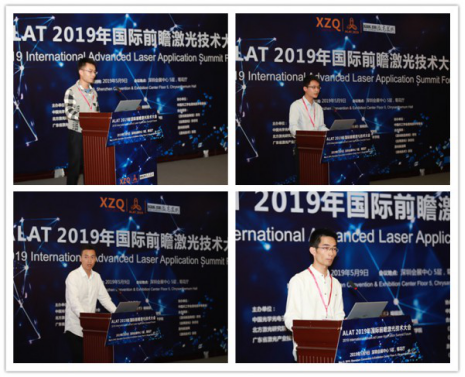
(There were eight students giving speeches at the conference. They brought their own paper posters to attend the conference, from Fudan University, Huazhong University of Science and Technology, Northern Laser Research Institute, Institute of Physics of Chinese Academy of Sciences, and Han's Laser Light Source Division.)
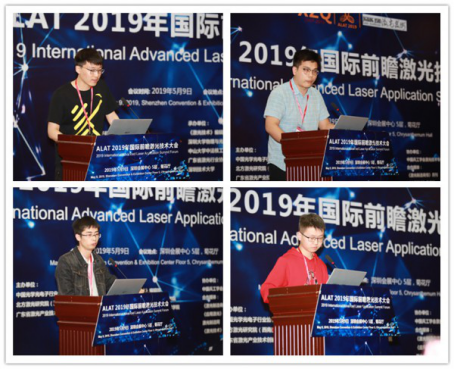
The conference was hosted by the China Optical Optoelectronics Industry Association Laser Branch, the Northern Laser Research Institute (a.k.a: Southwest Institute of Technical Physics), and the Guangdong Laser Industry Technology Innovation Alliance. The organizers include the editorial department of Laser Technology, the School of Physics and Optoelectronic Engineering of Shenzhen University, the School of Nuclear Engineering and Technology of Sun Yat-sen University, the Laser Industry Association of Guangdong Province, and the Shenzhen University of Technology. This year is the third time that the conference is held to create a world-class conference event in the field of laser and photonics technology research.
- RoboSense is to Produce the First Chinese Multi-beam LiDAR
- China is to Accelerate the Development of Laser Hardening Application
- Han’s Laser Buys Canadian Fiber Specialist CorActive
- SPI Lasers continues it expansion in China, appointing a dedicated Sales Director
- Laser Coating Removal Robot for Aircraft
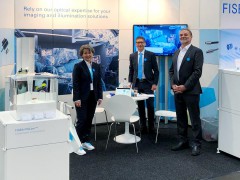 FISBA exhibits Customized Solutions for Minimally Invasive Medical Endoscopic Devices at COMPAMED in
FISBA exhibits Customized Solutions for Minimally Invasive Medical Endoscopic Devices at COMPAMED in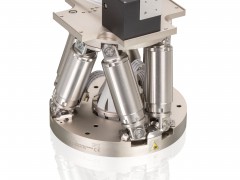 New Active Alignment System for the Coupling of Photonic Structures to Fiber Arrays
New Active Alignment System for the Coupling of Photonic Structures to Fiber Arrays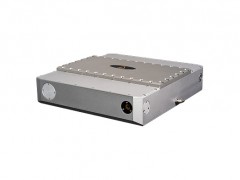 A new industrial compression module by Amplitude
A new industrial compression module by Amplitude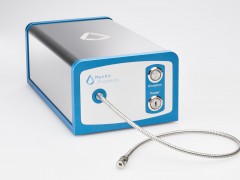 Menhir Photonics Introduces the MENHIR-1550 The Industry's First Turnkey Femtosecond Laser of
Menhir Photonics Introduces the MENHIR-1550 The Industry's First Turnkey Femtosecond Laser of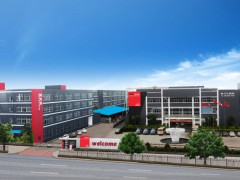 Shenzhen DNE Laser introduced new generation D-FAST cutting machine (12000 W)
more>>
Shenzhen DNE Laser introduced new generation D-FAST cutting machine (12000 W)
more>>
